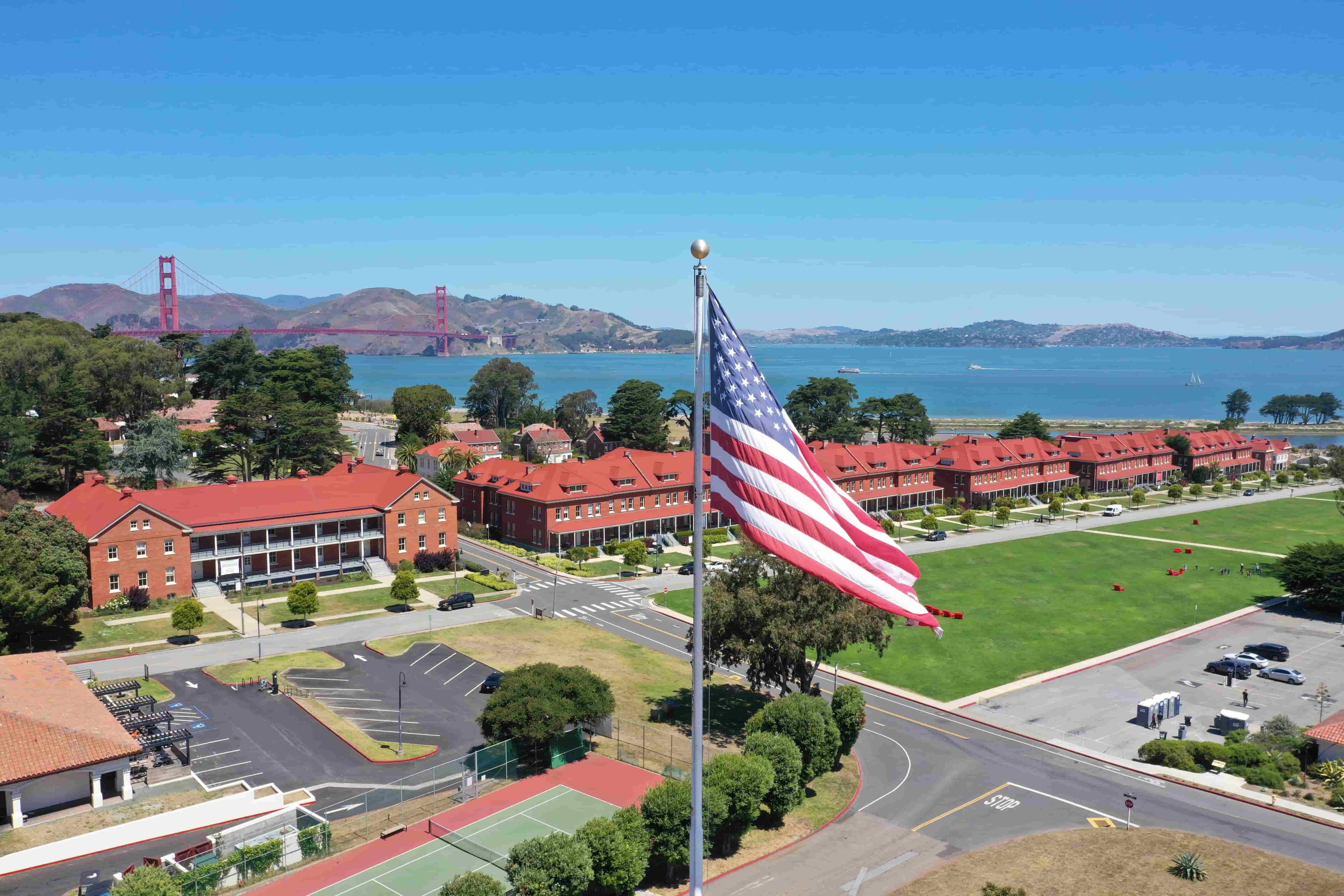Volunteers Start Next Phase of Watershed Restoration
Presidio of San Francisco (November 18, 2008) — Recent winter rains have signaled the start of planting season. They also mark the next phase of the long-anticipated restoration of the Presidio’s largest watershed, known as Tennessee Hollow. In the next several months, volunteers will plant thousands of native seedlings at El Polin Spring in the heart of the watershed. This mammoth effort will kick off on Saturday, November 22 with a special Volunteer Day event. Both veteran and new volunteers will get their hands dirty while celebrating the renewal of a treasured Presidio destination. The community is invited to participate. Space is limited, so be sure to register (see contact info below).
“Community volunteers are essential to restoring the Presidio’s natural resources,” says Mark Frey, an ecologist with the Presidio Trust. “The park relies upon them to grow and plant 60,000 seedlings each year and to maintain our many restoration sites. There is no better way to learn about the natural world than to be part of creating and maintaining wild open spaces.”
The Tennessee Hollow watershed encompasses about one-fifth of the park, from Inspiration Point to the Crissy Field marsh. Recent restoration work was focused at El Polin Spring, known for its birdlife as well as for its Spanish-Mexican colonial and Army-era history. In September and October, sixty non-native eucalyptus, cypress and pine trees were removed from around the springs. Those trees created leaf litter that suppressed native plants, clogged waterways, and reduced water quality. Now volunteers are replanting the site with native species including coast live oak, California buckeye, wax myrtle, toyon, willows and native grasses. About 3,500 seedlings will be planted this season alone. Volunteer days are scheduled for the fourth Saturday of each month.
“By re-introducing a wide variety of native trees, shrubs, and herbs we will attract a more diverse native animal community that can use the site to forage for food, find water, and breed,” says Frey.
About 100 volunteers will gather to celebrate the watershed transformation, enjoy a picnic lunch, and plant the first seedlings. They can take a break to catch a glimpse of Anna’s Hummingbirds and other wildlife through a spotting scope set up for the event.
In addition to the habitat restoration, a number of other improvements will showcase the area’s history and welcome visitors. An existing roadway will be transformed into a pedestrian boardwalk and trail with a picnic area, public restrooms, and benches. The spring’s historic stone channels, built by the U.S. Army in the 1930s, will be restored. Interpretative gardens and archaeological displays will allow visitors to understand what daily life was like for the Presidio’s earliest residents, as well as the role fresh water played in the development of the Presidio.
Encompassing 270 acres, Tennessee Hollow provides visitors with a rare opportunity to experience an entire watershed – from springs to San Francisco Bay – in just an afternoon hike. The fresh water that flows there served Native Americans, and supported the earliest Spanish-colonial settlers establishing a military fort along the bay. In 2003, Stanford University archaeologists uncovered the foundations of an adobe colonial residence believed to have been occupied nearly 200 years ago by Juana Briones, a pioneering local businesswoman and entrepreneur.
Volunteer Day at El Polin Spring in the Tennessee Hollow watershed is Saturday, November 22 from 9 am to 1 pm. Space is limited, so registration is required. To register call (415) 561-5333 or email volunteer@presidio.gov. Additional volunteer days are scheduled for the fourth Saturday of each month.
The Presidio Trust was established by the United States Congress in 1996 to manage the Presidio of San Francisco, a former Army base located at the base of the Golden Gate Bridge. The 1,500-acre site contains the infrastructure of a small community as well as expansive open space, a 300-acre historic forest, spectacular views, and rare and endangered plants and wildlife. It comprises nearly 6 million square feet of buildings, including 469 historic structures that contribute to its status as a National Historic Landmark District, making it unlike any other national park.
